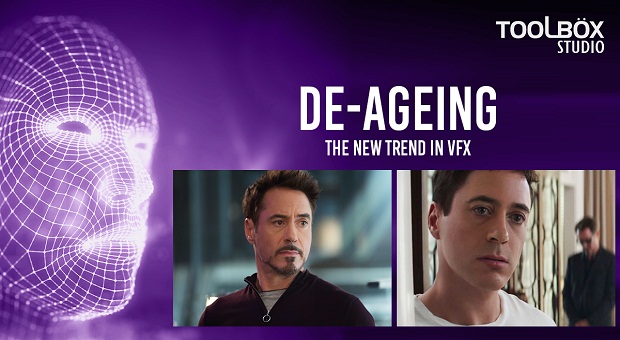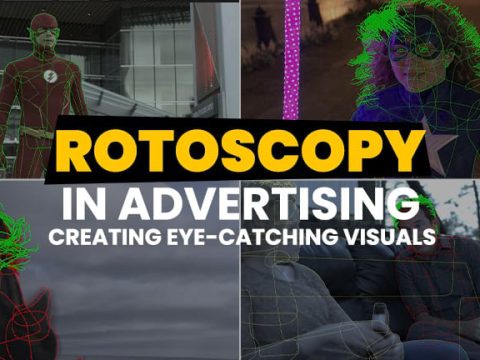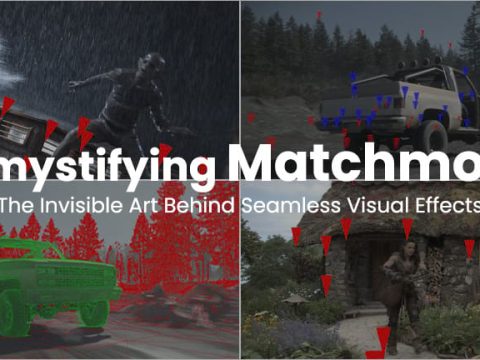The de-ageing process is absolutely fascinating if you get it right or it can be glaringly devastating.
Flashbacks can be tricky. It’s tough to make an older actor to suddenly transform into a teenager. That is the magic of De-Ageing technique, a process of using CGI to make a person appear much younger than their years. It is a pure genius artwork to be saying the least. Directors used to hire younger actors who looked similar to play the parts but now, thanks to the magic of CGI, the stars can just play themselves and be magically de-aged.
What is digital de-aging technology?
Digital de-aging, which uses special effects to make actors appear younger than they are, is a relatively recent phenomenon in Hollywood. Special effects frequently either help or hurt a film. De aging in movies has been trending and has overtaken the film industry.
Hollywood seems hell-bent on de-aging its stars. It’s something that has slowly been creeping its way onto “the reel world” over the years. We first really saw it used in X-Men: The Last Stand back in 2006, but for the first time it really blew people away was in the 2015 Marvel film; Antman.
In this, we see a flashback of a fresh-faced Michael Douglas angrily resigning from S.H.I.E.L.D. This de-ageing technology is now spreading out to other films and becoming a much more commonly used tool.
How are actors made to appear younger in flashback scenes?
De-aging is a visual effects method used in cinema and television to make actors appear younger, particularly in flashback scenes. It is frequently done by digitally altering images or applying overlays or touch-ups using computer-generated imagery (CGI).
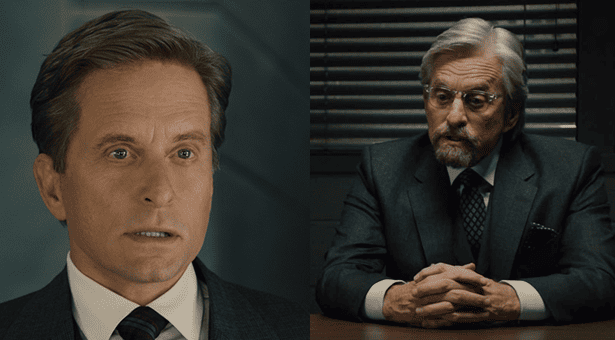
The industry leader in “beauty work” is Lola Visual Effects; the company that used de-ageing in film, showing an aged Brad Pitt up and down in Benjamin Button and Chris Evans in Captain America. Lola VFX also handled Douglas’ de-aging in Antman, the actual tools haven’t changed, and it’s more that the artists are getting more experienced in doing it. Lola VFX also did the digital de-aging for films such as The Curious Case of Benjamin Button and also put Chris Evan’s head on a small, skinny body in Captain America: The First Avenger. The most important thing about the de-aging VFX technology was to ensure that no anti-aging makeup was used on the actor because it changes the way the light affects the face. In 2015, Lola worked on 14 films, including The Big Short, Joy, and Mission: Impossible — Rogue Nation. This de-ageing technology does a complete digital dermabrasion which involves removing any age spots or imperfects, and reducing “eye bags,” too. A technique called “mesh warp” is used to tighten sagging skin or bulging flab, and perform a “digital face-lift” to trim jowls and areas like earlobes and noses that grow larger with age, while meticulously relighting every pixel. Throughout the industry, such work is “completely routine”. Such effects can fix bad wigs, or work like Clearasil.
Importance of De-aging in movies
Let’s examine how the film industry has changed due to advances in de-aging technology.
Improved Realism
The ability of digital de-aging to produce effects that are far more realistic than those produced by conventional techniques is one of its most evident uses. Filmmakers used prosthetics or makeup in the past to make actors appear older or younger. However, occasionally, this would only sometimes result in the finest outcomes and would not seem genuine.
Using digital de-aging, filmmakers can produce remarkably accurate effects that are impossible to tell apart from reality. Thanks to this heightened realism, movies may now be made that are more believable and impactful than ever before.
Better marketability for some actors
Digital de-aging also has the important virtue of increasing an actor’s marketability. In the past, age was frequently used to typecast actors. However, thanks to digital de-aging, actors can now portray various roles.
The future of films with VFX de-aging technology
Thanks to the advancement of de-aging technologies, the film business’s future look spectacular. The potential for filmmakers is endless as long as this de-ageing technology is developed further.
Many companies involved in creating videos are experimenting with this new de-ageing technology and succeeding in producing some of the most incredible outcomes. Customers benefit from the market’s increased level of compatibility and competition. The film business will likely do some amazing things in the future.
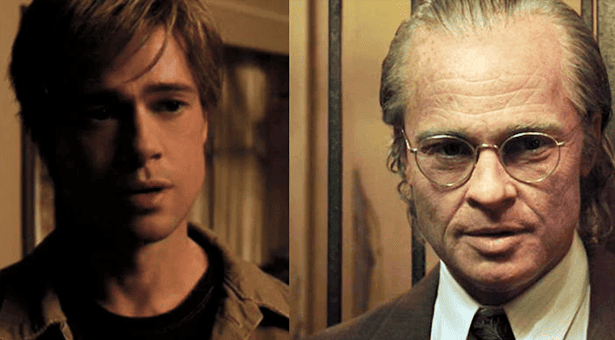
Lola VFX is the post-production house that has delivered this magnificent work for this MCU’s last venture in its Phase 2 theatrical outings. In visual effects, Lola specialises in “visual cosmetics,” ranging from secret touch-ups to complete physical transformations.
De-aging has an astonishing effect and will only evolve and become more realistic over time. The digital revolution has begun, but there is more to it, and anything is possible. What you will see next will be something you haven’t imagined in your wildest dreams.

